You can teach RI.4.3 during remote learning and make it engaging. Teaching technical text is one of my favorite units because there are tons of hands-on activities, reading passages, and opportunities to include other subject areas such as Science and Social Studies while teaching it.
This week my fourth graders dived deep into understanding technical texts. This lesson is a continuation of understanding the cause and effect in historical texts.
In this lesson, they continued to practice identifying cause and effect relationships within a sequence or a set of steps.
When teaching technical text, it is essential to glance at the standard and break down the different learning objectives accordingly. Doing this can help identify the reading skills the kids need to master within this standard.
Teaching Standard RI.4.3
To show proficiency in standard RI.4.3, the kids need to explain events, procedures, ideas, or concepts in a historical, scientific, or technical text, including what happened and why it is based on specific information.
Here is a quick breakdown of standard RI.4.3 to understand what to teach.
- RI.4.3 is one of the three standards that are part of the Key Idea and Details section.
- Historical, scientific, and technical texts are the main types of texts in this standard.
- Kids need to recognize events, procedures, ideas, and concepts in a text.
- Kids need to identify what happened and why based on the text’s information; this is a reading skill known as cause and effect.
- It also implies the kids need to identify the order of events, procedures, and ideas within the passage to recognize the cause and effect relationships.
Introducing Technical Texts
To get my kids to show success with standard RI.4.3 I introduce important words, the targeted reading skill, model my thinking with graphic organizers, and apply the skill with a reading passage.
Table of Contents
Important Words For Technial Texts
First, I start by frontloading or defining the words related to the standard. Many of these words are part of the questions the kids will be answering. So with this in mind, I get my fourth graders familiar with the terms.
The main words we explored at the beginning were procedures, sequence, and technical text.
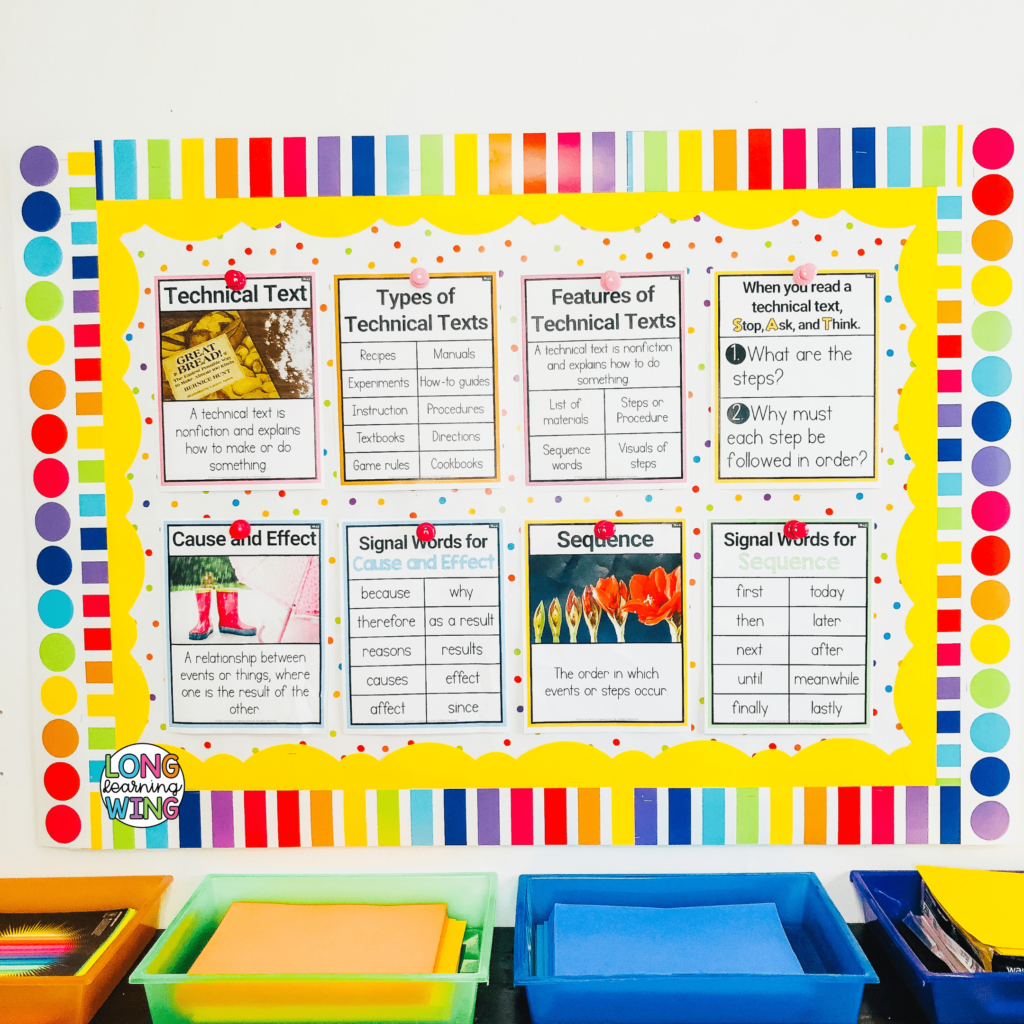
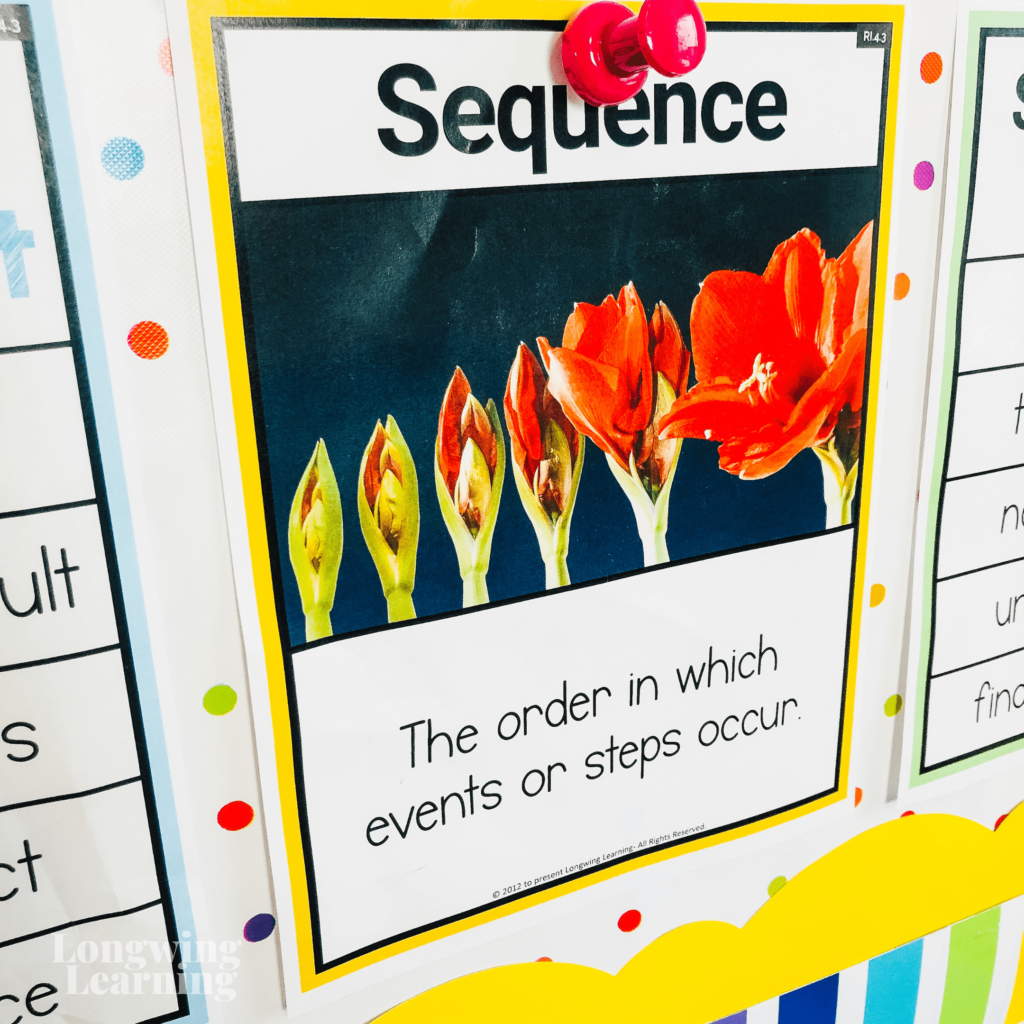
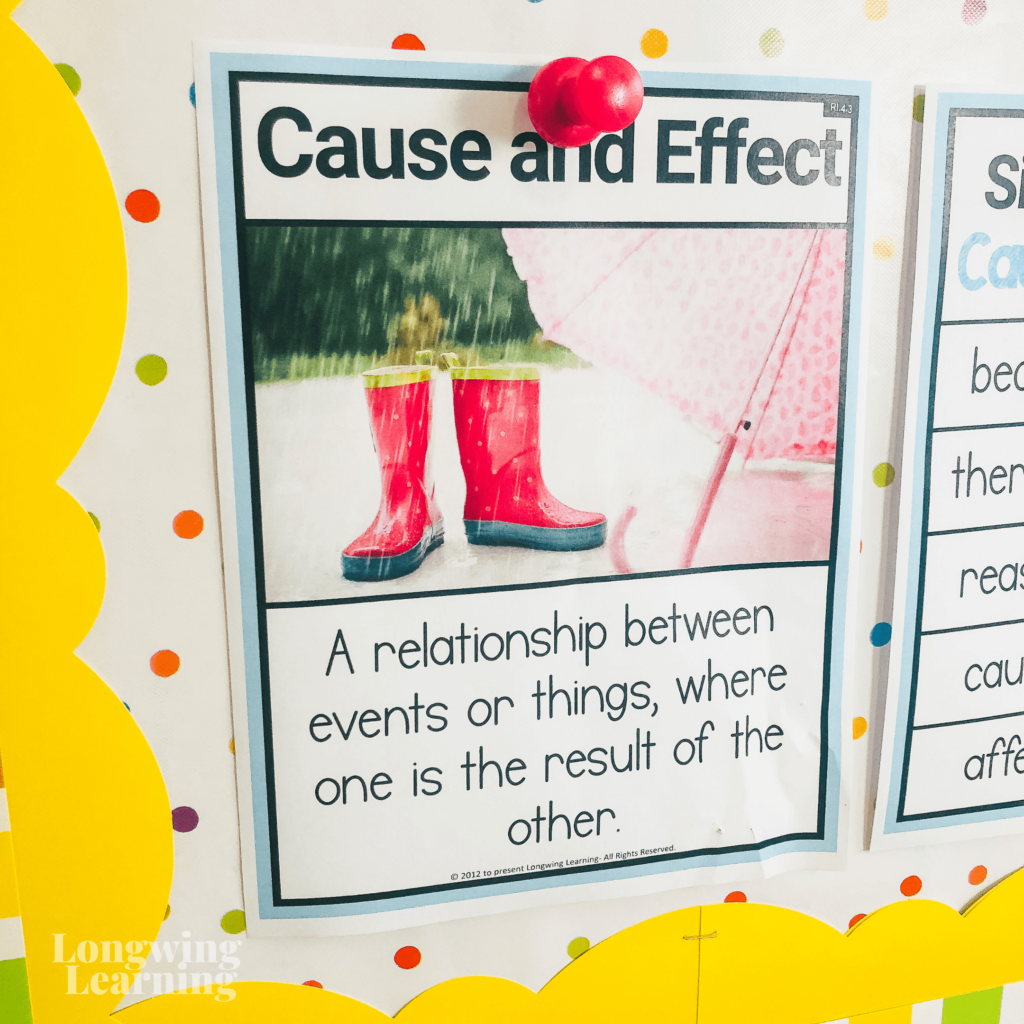
Visuals To Introduce RI.4.3
After defining the main words, I introduce the reading skill with pictures or mentor books that lead us straight into the reading skills without mentioning the reading skill. Using photographs to understand reading skills allows me to set expectations when reading a passage.
I also use this introduction as a common experience for all of us to refer back to when the kids need help.
Let me explain this better by walking you through the process.
My first visual I use to introduce technical text is a recipe card on how to make tacos. If we were to be in the classroom, we would be having a cooking session! Since I’m teaching remotely, I decided to make an origami craft.
Next, this activity led the way of discussing the procedures and the importance of following each step.
Naturally, this paved the way to ask the kids prompting questions about cause and effect and sequence.
Prompting Questions For Technical Texts
Another strategy I use with the kids is to establish connections between reading and focus by asking prompting questions.
Here are the main prompting questions I used to make connections among technical texts.
- What is the order or sequence to follow?
- Why is it important to follow each step in order?
By referring to these questions, it prompts them to visualize the cause and effect relationship in a sequence of steps or procedures, which is the primary goal of this lesson.
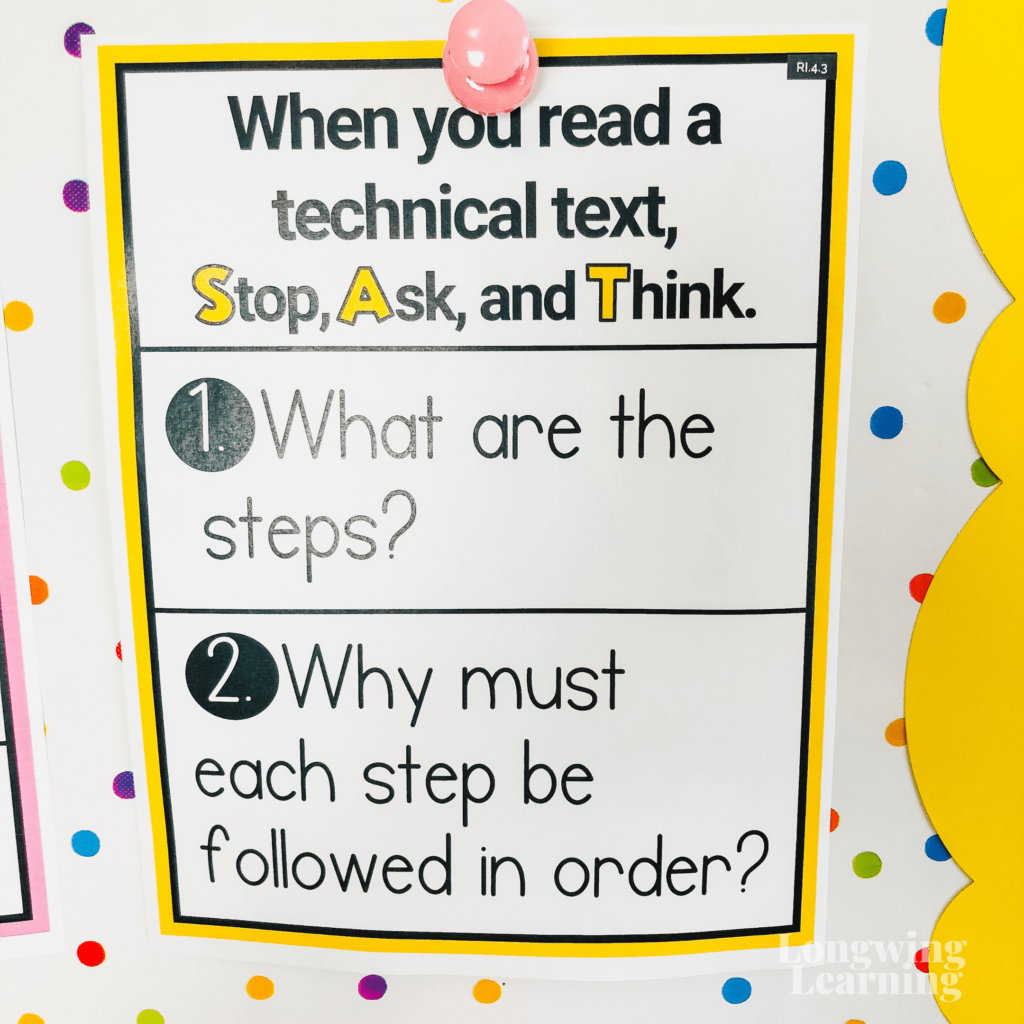
Graphic Organizers For RI.4.3
No reading lesson would be complete without a graphic organizer! Graphic organizers are a great tool to show the process of understanding a technical text. It also serves as a recording tool the kids can use to refer back to the lesson. Now that’s a double win!
After making the origami, we jotted down the steps in the graphic organizer as a class. The fun didn’t stop there!
Next, I added another column to explain each step’s importance and its effect on the rest of the procedure. The purpose of this was to show the kids that skipping any steps will make something go wrong.
To wrap up this part of the lesson, the kids shared their experiences of other procedures they have followed. As a bonus, they were able to extend it to their writing journal.
Practicing Cause and Effect Relationships
After introducing the reading skill, it was time to start applying the lesson to other technical texts. Much of the reading practice consisted of them continuing to answer the two main prompting questions and sequencing the steps. The kids used graphic organizers with different technical texts to practice identifying cause and effect relationships.
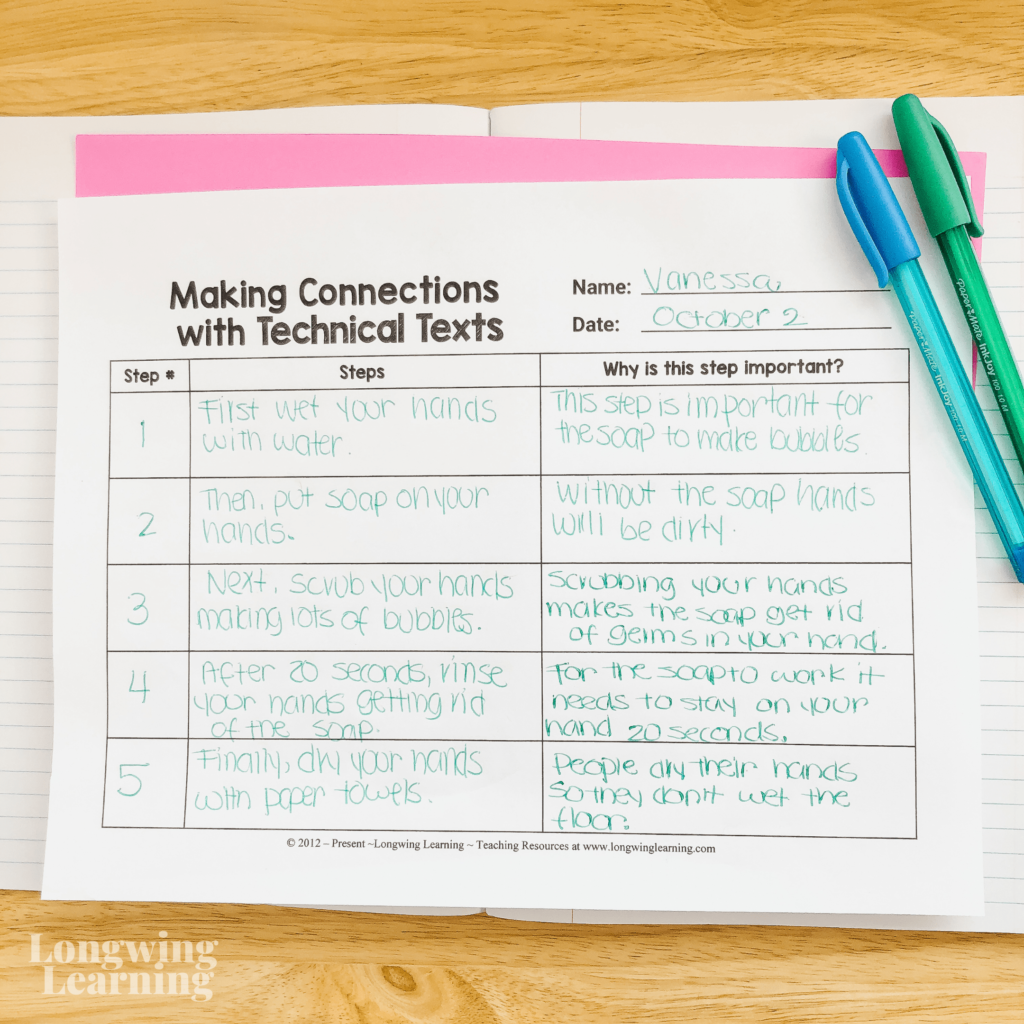
While practicing the skill with various reading passages, this was an excellent time to continue to ask the prompting questions used in the pictures.
This time I start to use a similar style of questions the kids will answer in summative assessments such as the State test. Many of these questions ask the kids to refer to specific sentences or parts in the text that led them to understand the passage.
So here are the questions I used to follow up with the prompting questions.
- How do you know?
- What led you to believe that?
- Which step in the procedure helped you?
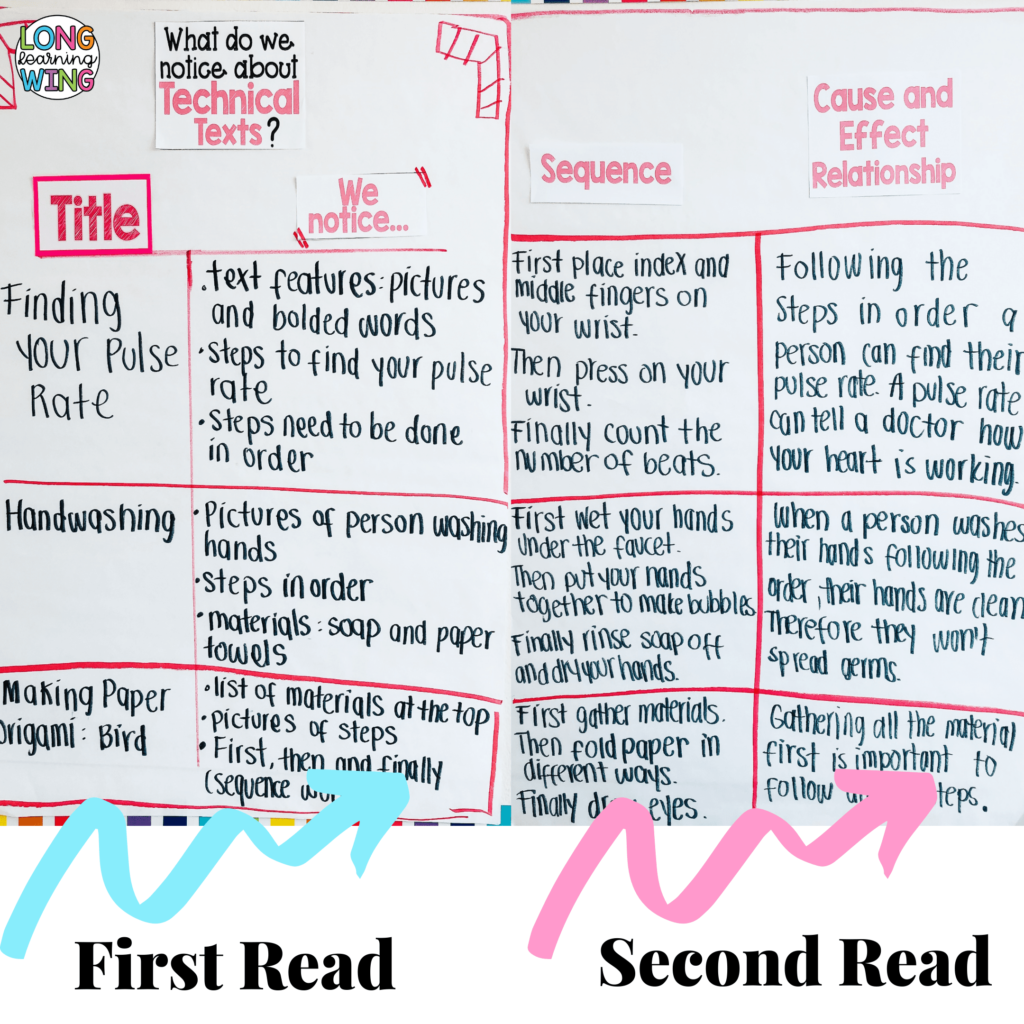
Wrapping it Up
As you can see, teaching RI.1.3 during remote learning can be engaging and rigorous. Many activities can be replicated in the classroom, whether in person or using an online platform.
Within these experiences, upper elementary kids can understand the cause and effect relationship found within sequences and procedures.







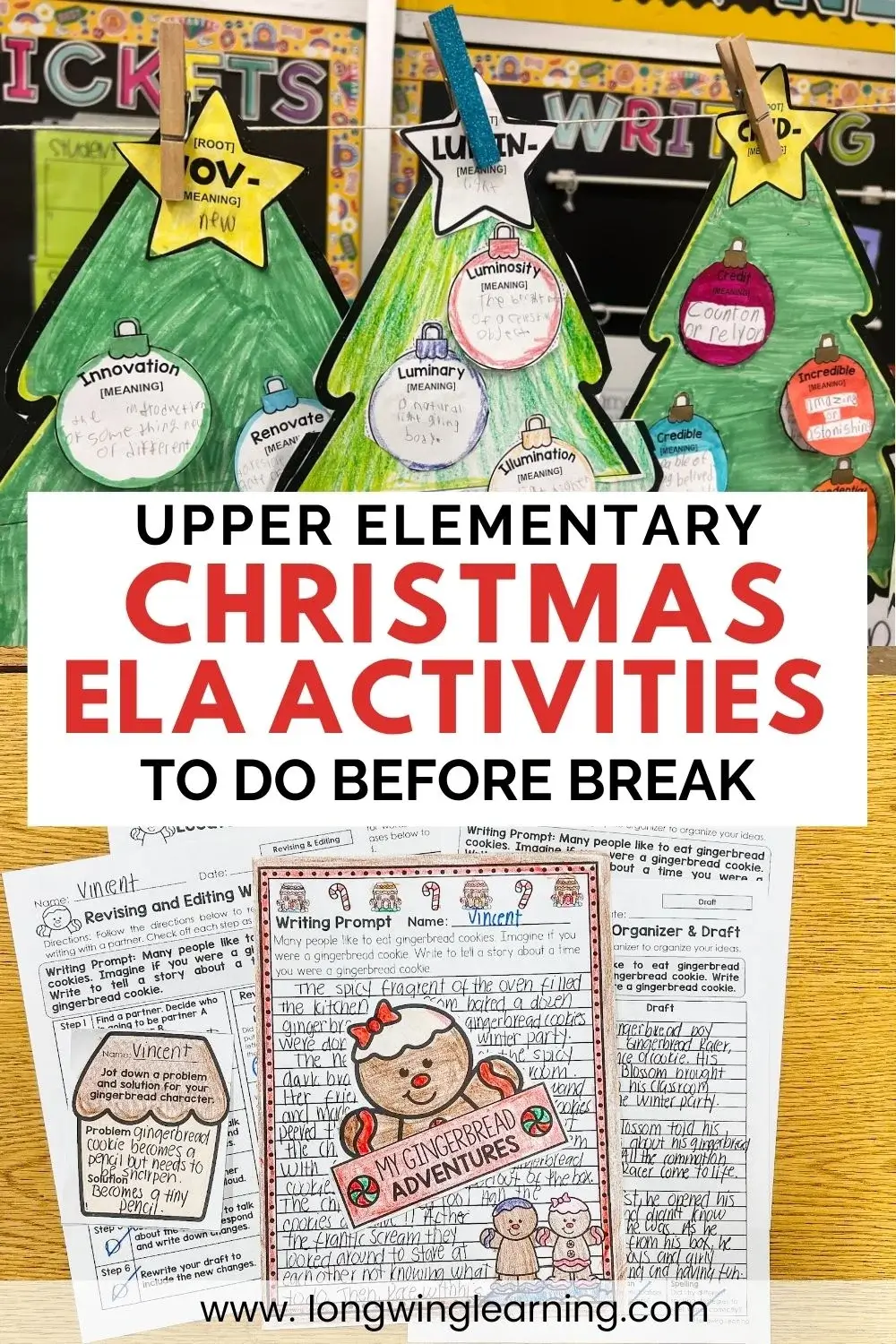

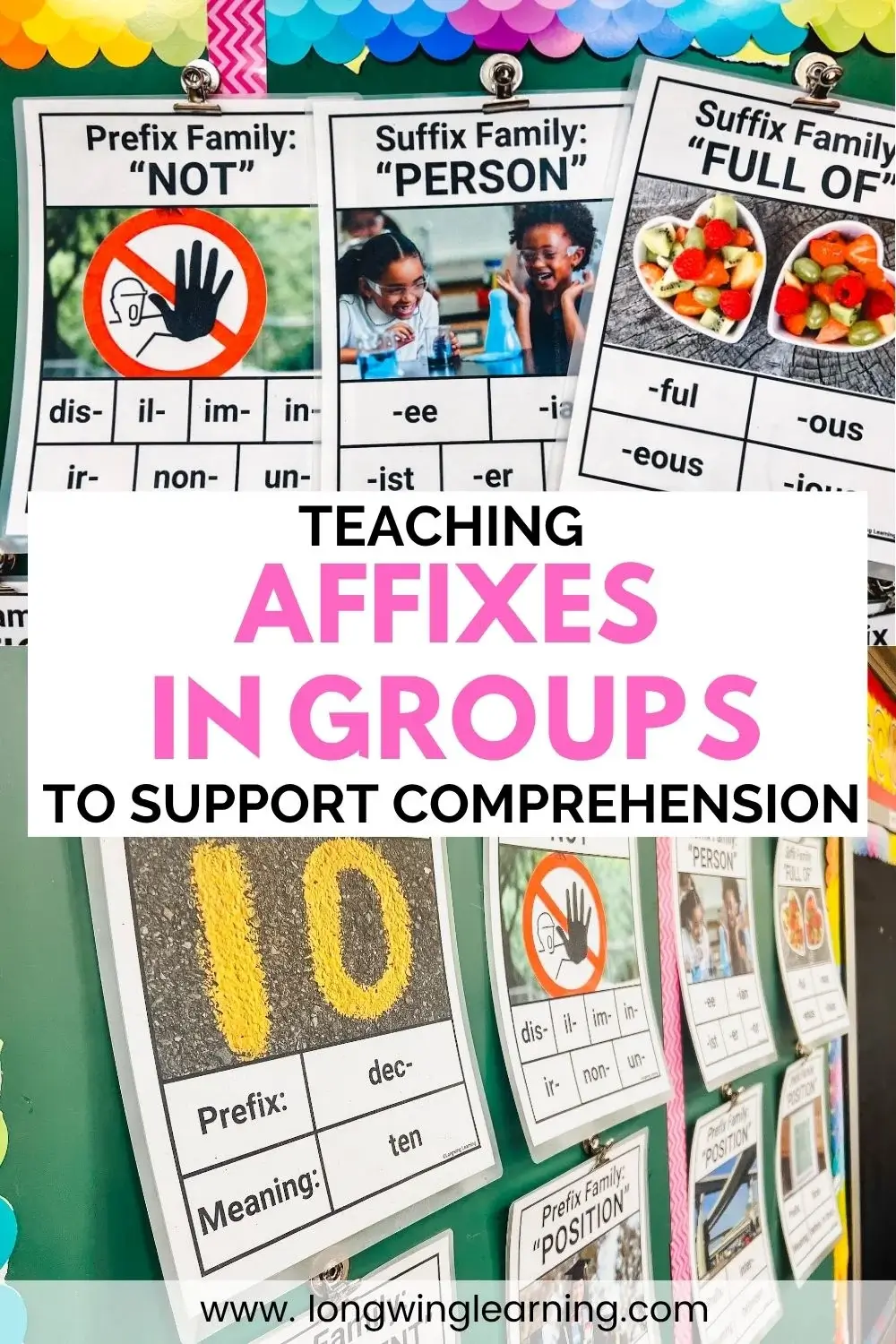
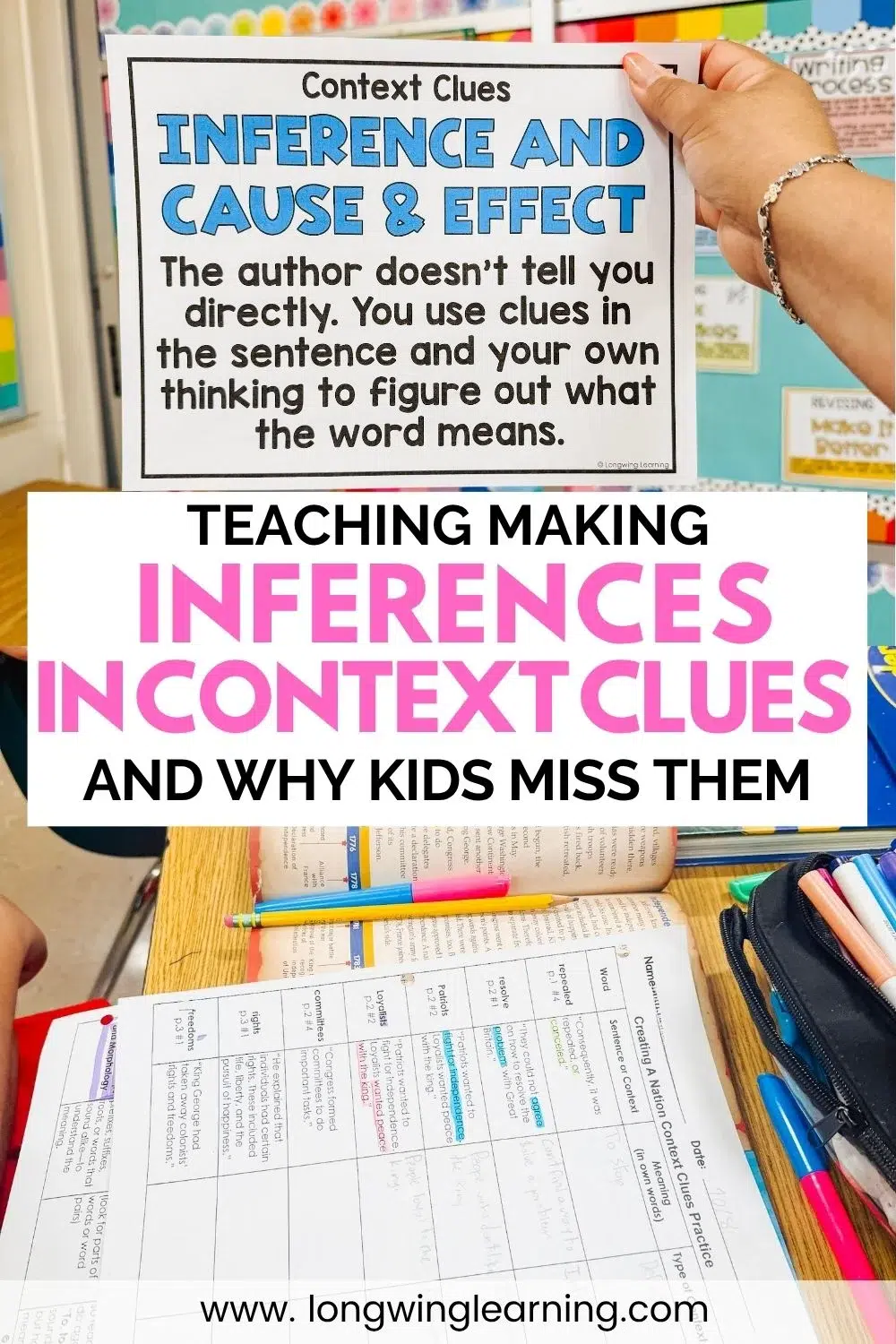
3 Responses
Hi, Vanessa. Thank you so much for sharing this. It helped me structure my lesson on RI4.3 next week. Question. Do you have your visuals for sale on TpT? I was hoping to put up the bulletin board you have here in my room. Thank you!
I’m beginning this standard this week. Do you have these visuals available to purchase?
Thank you for the breakdown of this standard. I have always found it difficult and I love your lesson.